The cost of living crisis is causing UK homeowners to worry about how they can heat their homes during the coming winter.
As the temperature drops, it can be difficult to keep our homes warm, particularly on a small budget.
If you’re worried about the cost of heating, we have a few tricks of the trade on how to make a cold house warm while reducing your heating bills this Autumn/Winter.
1. Choose the Right Windows and Doors
Since up to 40% of heat is lost through windows and doors, your choice significantly impacts your home’s overall thermal efficiency.
Double or triple-glazed windows and doors can help reduce heat loss, and Planitherm triple glazing is one of the most energy-efficient glazing solutions on the market.
Both glazing options can be used in any Manchester Window Factory windows or doors, and Planthitherm windows are designed specifically for the UK climate.
All our windows and doors are made from sustainable, thermally efficient materials and feature airtight seals designed to retain more heat and help regulate the room’s temperature.
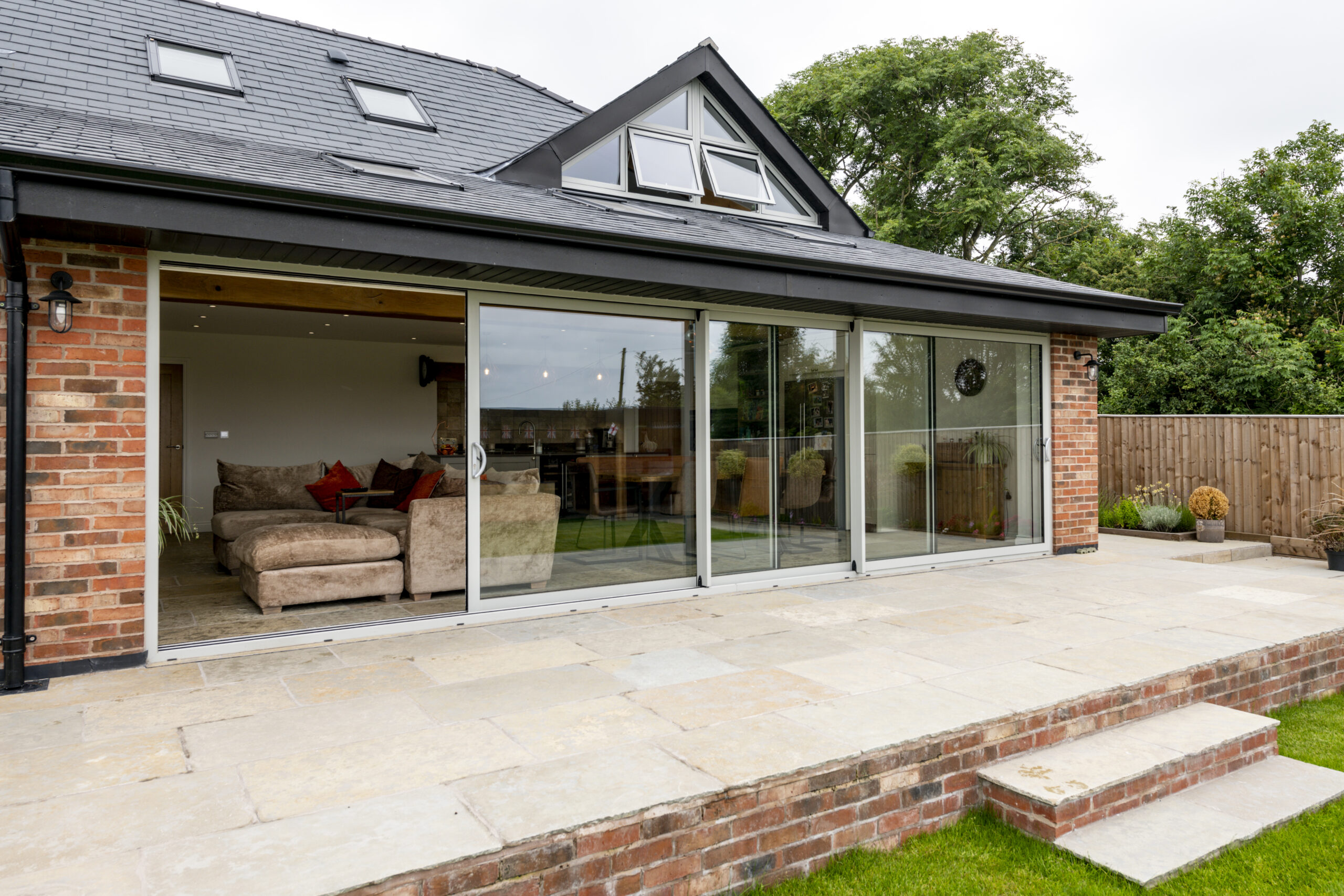
Energy Efficiency Benefits
Energy-efficient windows and doors reduce heat loss and help you to maintain a comfortable temperature for longer.
It is not just heating bills you are reducing either. Using less heating means you are creating fewer carbon emissions. That’s right, the best windows and doors can help you significantly reduce your carbon footprint.

Winter Considerations
Each window has benefits and potential drawbacks, but which style is better for winter conditions?
Casement Windows
Casement windows swing open on a hinge or hinges, from the side, top or bottom. They can be flush against the frame or have a lip to protect against harsh weather conditions.
The latter type is called stormproof casement windows. Available from Manchester Window Factory in a wide range of styles, colours and finishes, casement windows also have excellent energy-saving credentials.
Fast opening and closing mechanisms retain more warmth, and the airtight seals seal every time. Argon gas between the panes of glass helps to block out cold air, and the windows are draught-proofed with a 10-year insurance-backed guarantee.
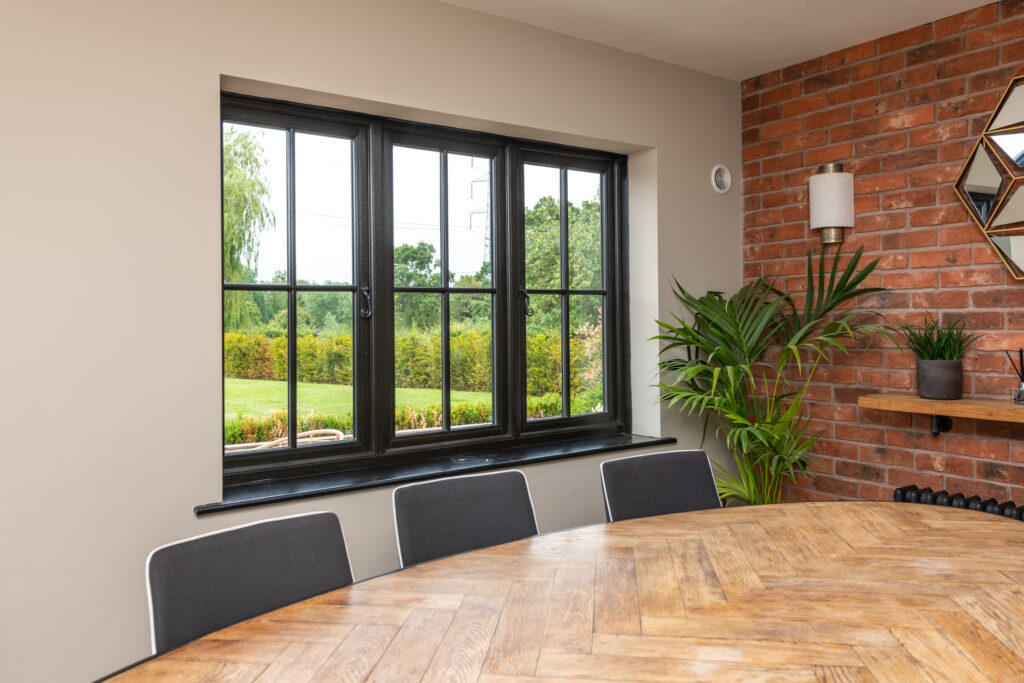
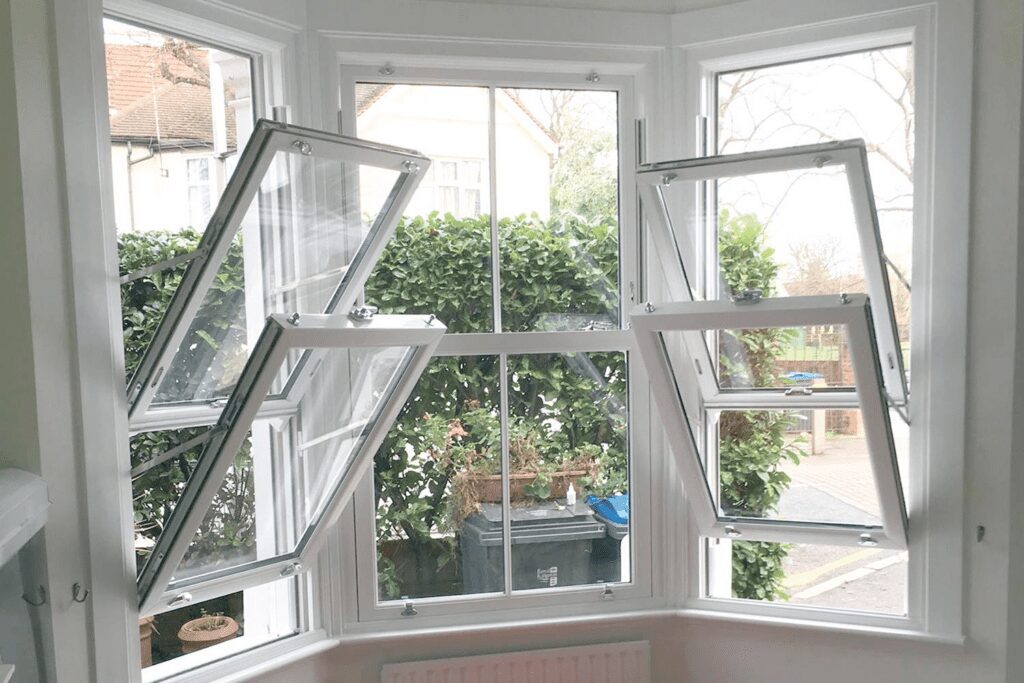
Sliding Sash Windows
Sliding sash windows open and close using sliding panels called sashes. A traditional style of window, they were historically draughty, but new technology has solved this problem.
Modern sliding sash windows are highly energy-efficient, secure and easier to open and close than their predecessors. As with casement windows, our sliding sash windows have a 10-year insurance-backed guarantee.
While both styles are energy-efficient, casement windows tend to have a slight edge in thermal efficiency due to the positioning of the airtight seals around the frame.
2. Cleaning & Fixing
Having clean windows not only maximises your view but also helps you identify any issues. If the frame or glass is dirty, it can be harder to see any cracks or gaps in the sealant.
Clean with warm soapy water and a soft cloth, then do a full inspection. It is fairly simple to fill any gaps in the sealant, but you may need a professional to remove and replace a broken frame.
You can replace old weather stripping yourself with plenty of ‘how-to’ guides on the Internet.
Clean glass will also allow you to see if there is any internal or external condensation.
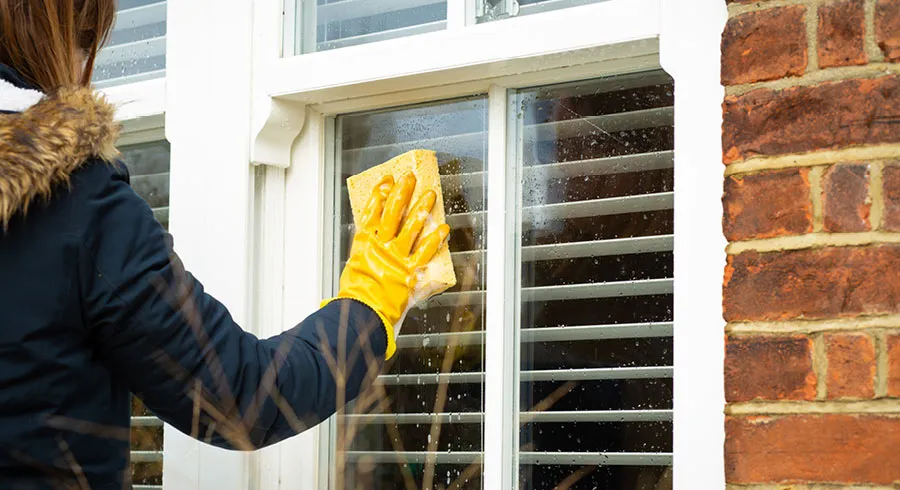
3. Draught-Proofing
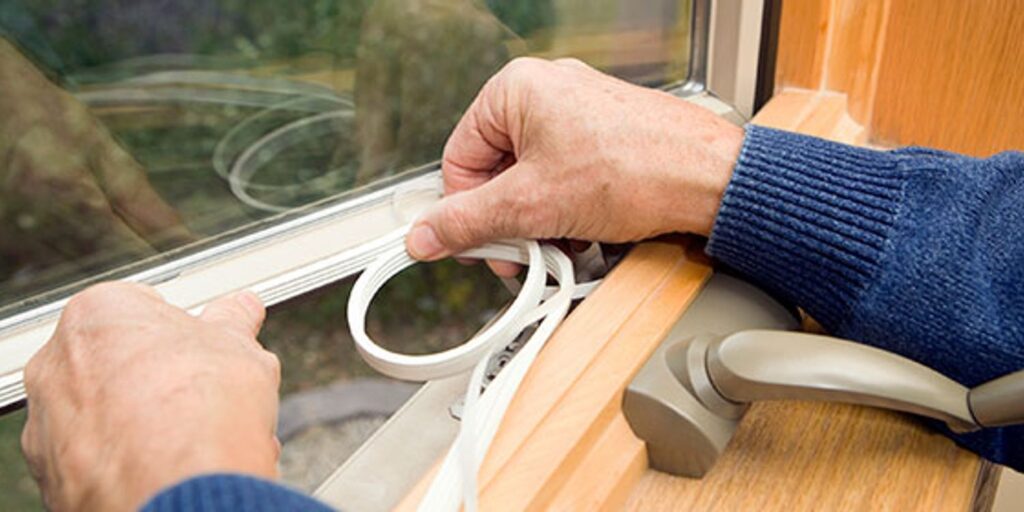
Draught-proofing your windows and doors could help you save a significant amount of energy and money. Yet it is not common practice. It is estimated only 15% of UK residents draught-proof their homes.
Costing between £85 – £275 for materials and installation, draught proofing could save you around £90 a year on heating bills and make your home more comfortable.
4. Bleed Your Radiators
If your rooms aren’t warming up as expected when you turn the heating on, you may need to bleed your radiators. Bleeding your radiators is a 5-10 minute job that can make a big difference.
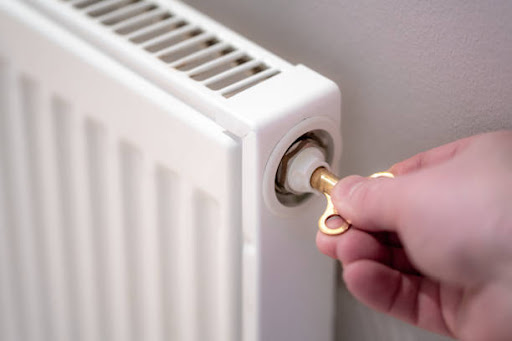
Step 1:
Check if the radiator gets warm once it has been on for a few minutes. Radiators that need bleeding are usually hot at the bottom and cold at the top. Radiators should be the opposite as the hot air should rise.
Step 2: Switch off the heating and let your radiator cool completely. Failure to do this could result in the boiling air and water in the radiator scalding you when you release it.
Step 3: Gather your tools. You will need:
- Radiator key/ flathead screwdriver for newer radiators
- A dishcloth
- An old towel
- A tub or container
Step 4: Find the valve and use the key or screwdriver to open it, turning anti-clockwise. The cloth can give you a better grip if needed. Don’t turn it too far – listen for the hissing noise of the air escaping and wait for the water to start dripping into the container.
Step 5: Retighten the value and clean up.
Step 6: Move on to the next one, but only bleed radiators that require it.
5. Service Your Boiler
Regularly checking the thermostat setting can reduce your energy bills.
You can also check and alter the heating flow temperature of the boiler.
Most UK homes are heated using a wet central heating system where a boiler heats water, sends it to radiators and then back again. The temperature of the water when it leaves your boiler is the heating flow temperature. The default temperature of most boilers is 75-80C, but UK homes with combi boilers (typically installed from 2005 onwards) can usually warm the house with a heating flow temperature of 60-65°C or lower. You can also adjust the temperature of your hot water separately from your radiators.
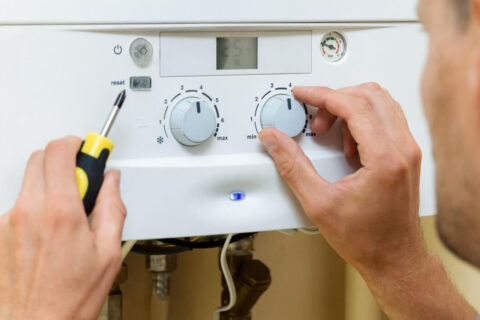
6. Dress for Warmth Indoors
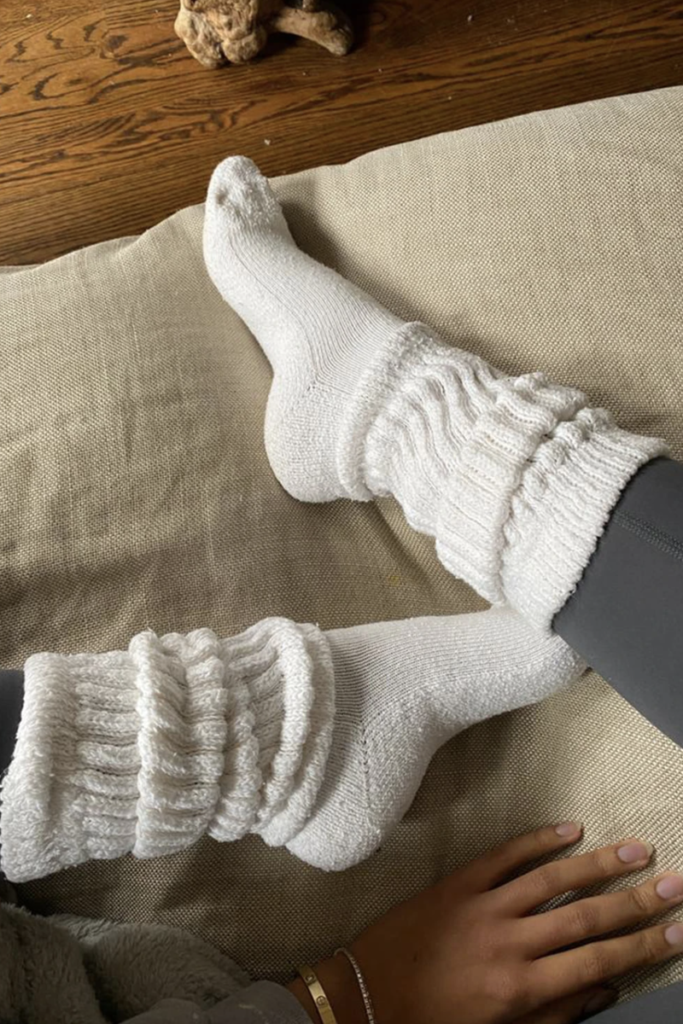
When the temperature drops, it can be tempting to put the heating on. But you may be able to resist a little longer if you dress warmly. You shouldn’t need to wear your coat inside (that would point to draughts or another issue) but a thick warm jumper, dressing gown or hoodie can make a significant difference.
Remember to wear warm socks or slippers, as cold feet signal to your brain that your body is cold and warm socks can also help your circulation.
Inventions such as ‘Oodies’ and ‘slankets’ enable you to stay warm while having freedom of movement and a great for people who work from home or get cold easily.
You should also switch to a thicker duvet or add a warm blanket or throw to your bedding, to stay warm and snug as you sleep.
7. Close Your Curtains
It sounds simple, but closing your curtains or blinds, particularly on an evening when there is no warmth or light from outside, can help you trap the heat in the room and maintain the temperature.
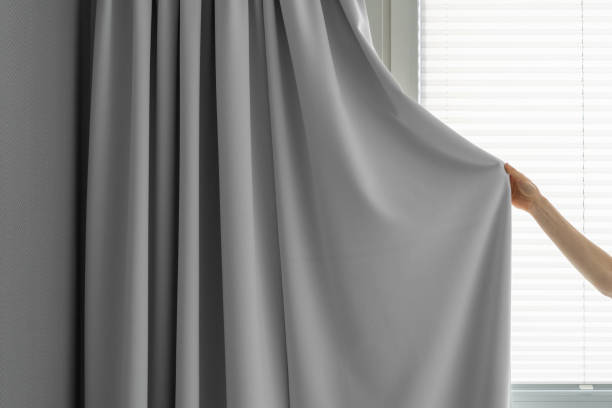
8. Use Fans Effectively In Winter

You may only switch your fan on in the summer, but did you know fans can also circulate warm air to help heat your rooms? Since hot air rises, the air close to your ceiling can be up to 30 degrees warmer than the air close to your floor. Using a ceiling fan to recirculate this warm air can create a warmer room temperature, allowing you to turn your thermostat down. Warm air also travels from downstairs to upstairs, so having a ceiling fan at the top of your stairs can push the warm air downstairs.
According to The Ceiling Fan Company, research suggests you could save as much as 10% on your heating bills by using your ceiling fan in reverse (clockwise) on a low setting.
Ideal Home also offers some tips for using floor-standing fans in the winter.
9. Upgrade Your Insulation
It is not just windows and doors that you lose heat from. According to Nexus Energy Solutions, 25% of heat is lost through the roof, and 35% escapes through the walls.
Upgrading insulation throughout your home could decrease your energy bills and carbon footprint.
It is estimated that increasing your loft insulation to around 270mm could reduce the amount of energy lost through the roof by 25% and save you around 20% on your heating bills.
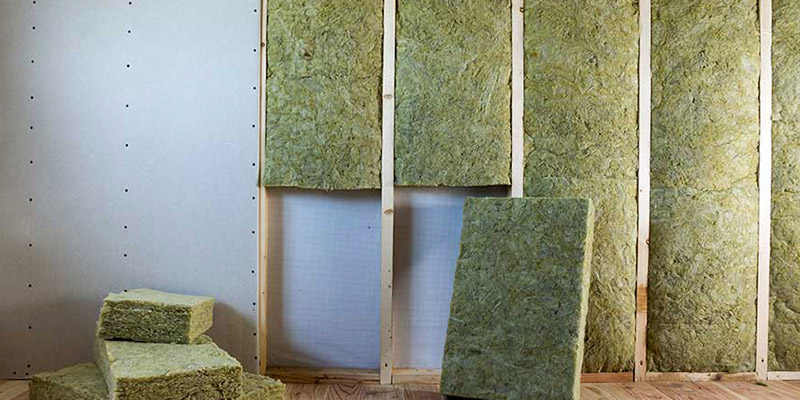
Having your walls insulated is a larger investment but could pay dividends. Typically, UK homes built before the 1990s do not have wall insulation or it is inadequate for modern living.
Cavity wall insulation can cost between £1,000 to £4,600 depending on your property type and size but can save you between £100 – £370 a year on your energy bills. It also significantly reduces carbon dioxide output (up to 1,100 kg per year).
Solid wall insulation costs around £7,500 for internal wall insulation and £11,000 for external wall insulation (for a typical 3-bed semi-detached house in the UK) but could save you up to £500 a year on energy bills.
You can also insulate your pipes – reducing heat loss from your heating system and preventing pipes from freezing and bursting.
Last but not least, increasing your hot water cylinder insulation to an 80mm British Standard Jacket could save you approximately £35 a year.
10. Know Your Ideal Temperature
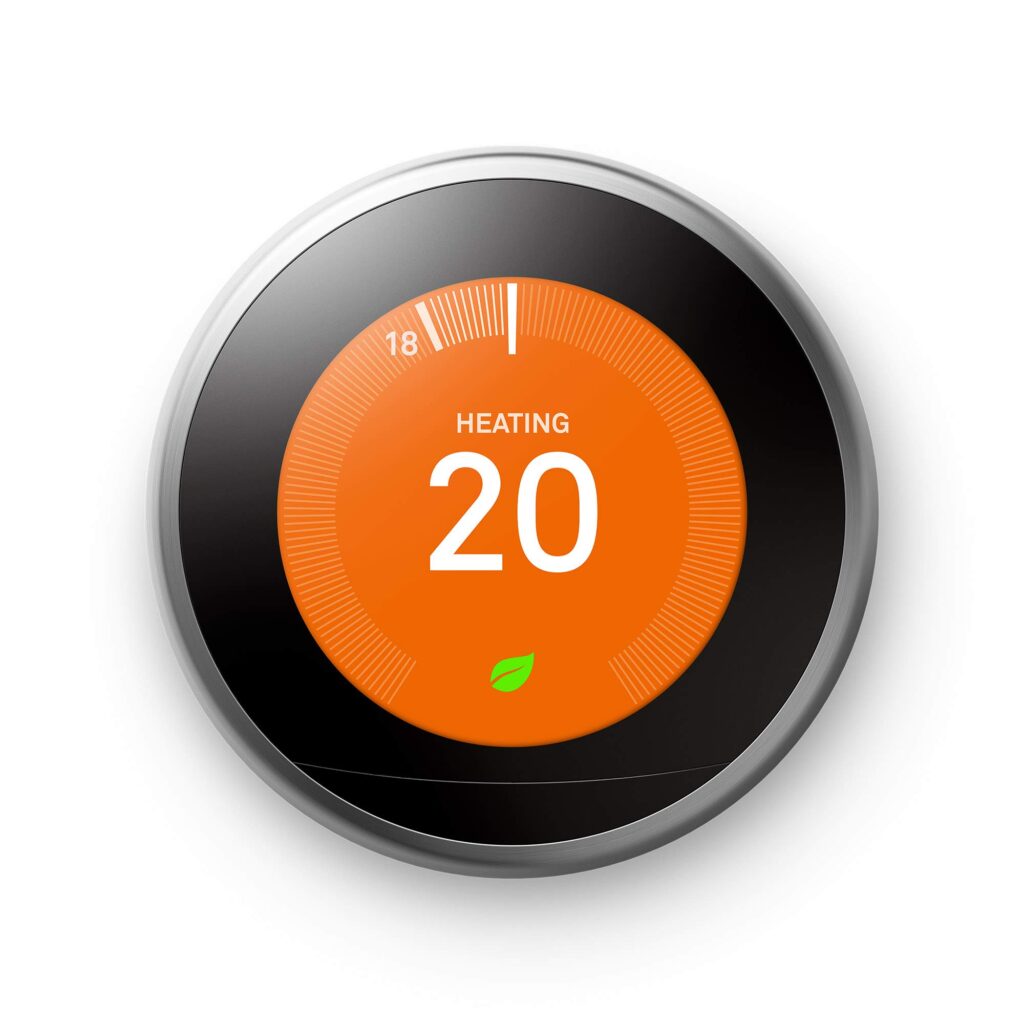
The ideal temperature for most UK households in the winter is 18 – 21C. The World Health Organisation (WHO) say this is the perfect temperature for sleeping and maintaining the comfort of a ‘well-dressed person’ during the day. The Energy Savings Trust advises you to set your thermostat for the lowest comfortable temperature, but not lower than 18C.
More energy-efficient home heating tips:
Use an electric or wood-burning fire
Invest in a room thermostat to better regulate the room temperature
Use rugs on wooden or tiled floors, such as in kitchens and bathrooms.
Light candles during the evening – also saves you from having lights on all the time
FAQs
Should I caulk gaps?
Is 14 degrees cold for a house?
Is 18 degrees cold for a house?
Get In Touch Today
At Manchester Window Factory, we are experts in providing and installing the highest quality UPVC, aluminium and timber windows. We can talk you through your options and offer a free, no-obligation quote for your consideration. We also offer a pay monthly scheme to help you spread the cost. If you would like further information on any of our products or services, please don’t hesitate to get in touch.
We look forward to hearing from you!




